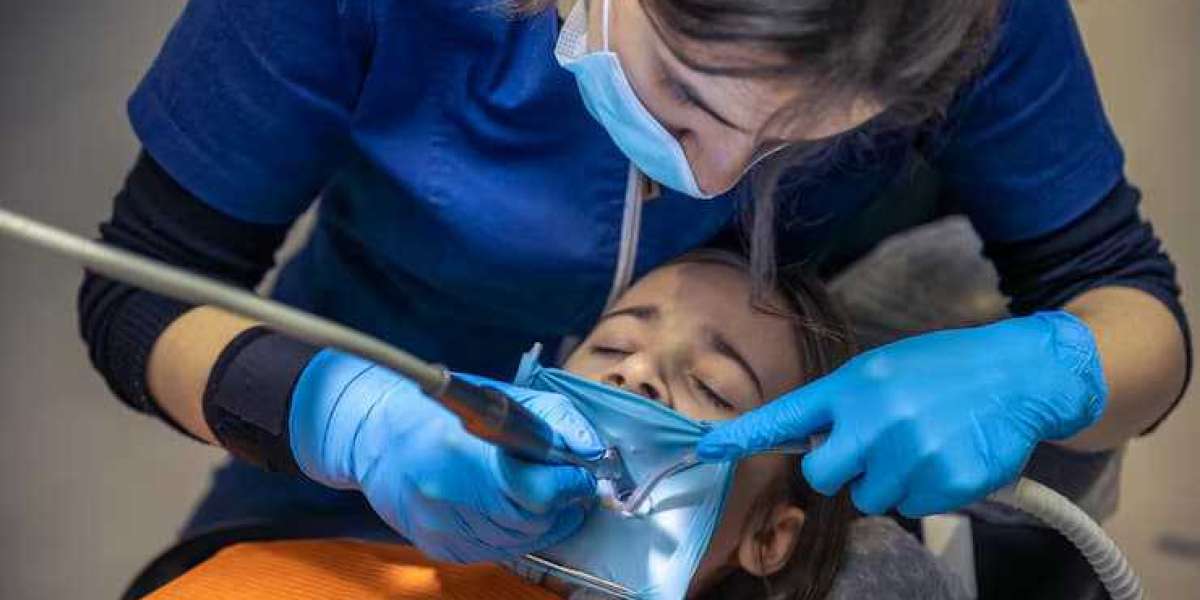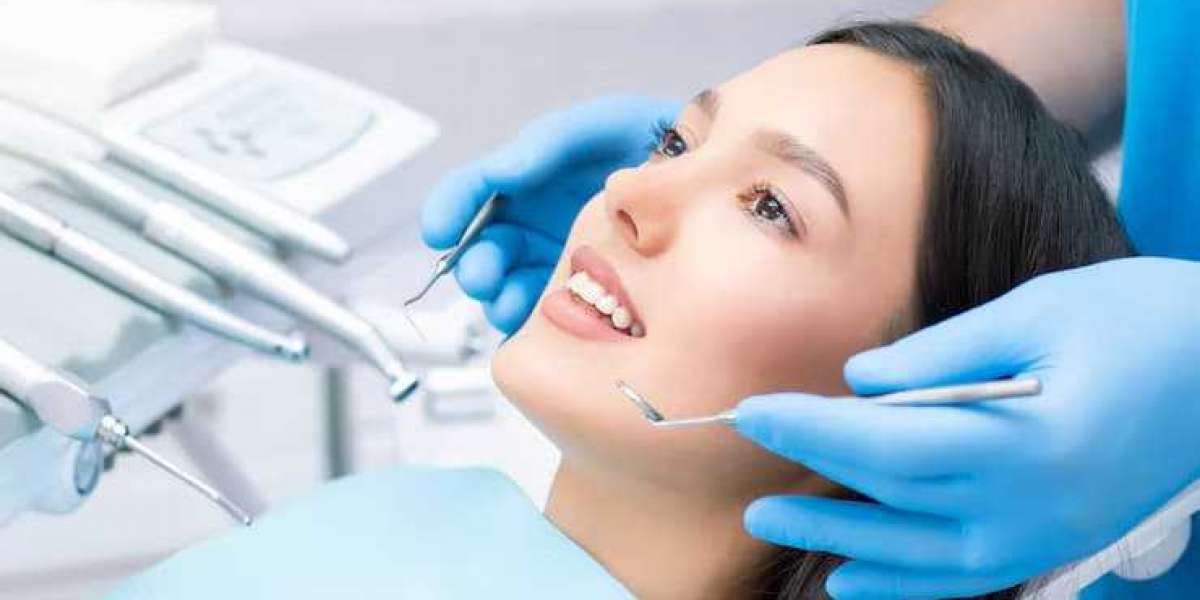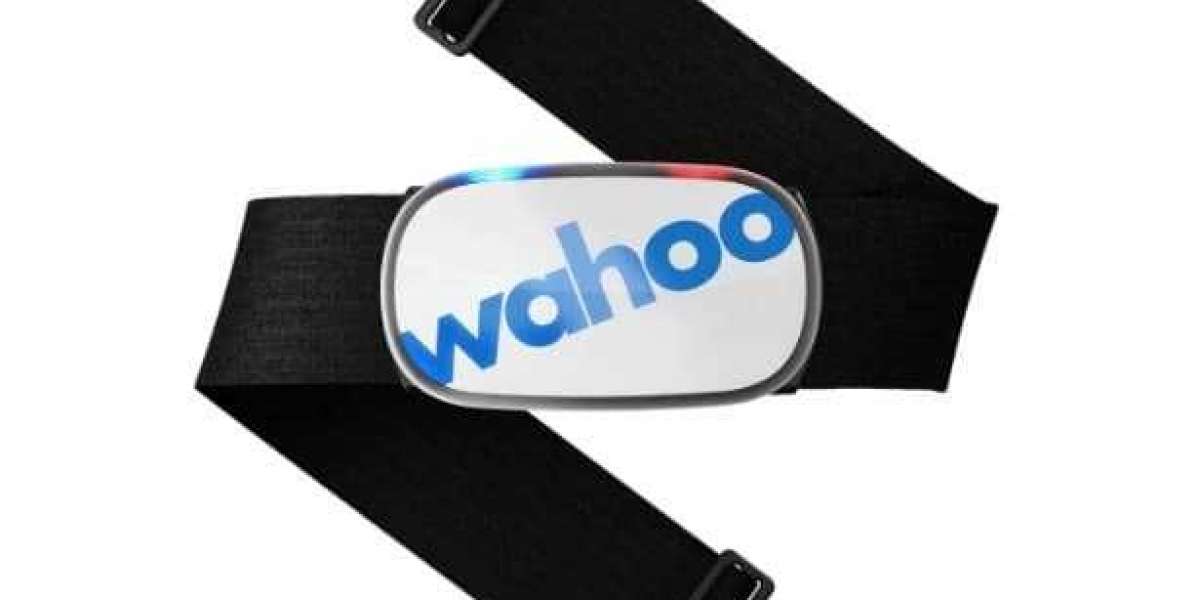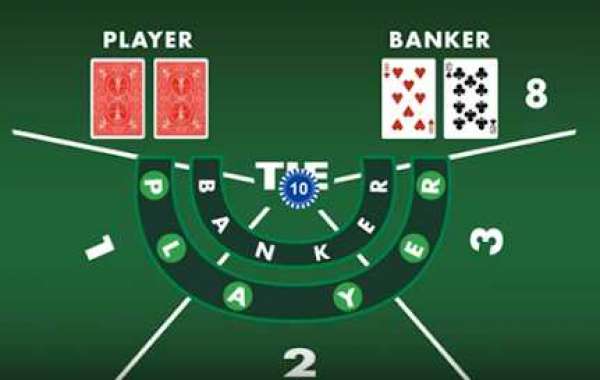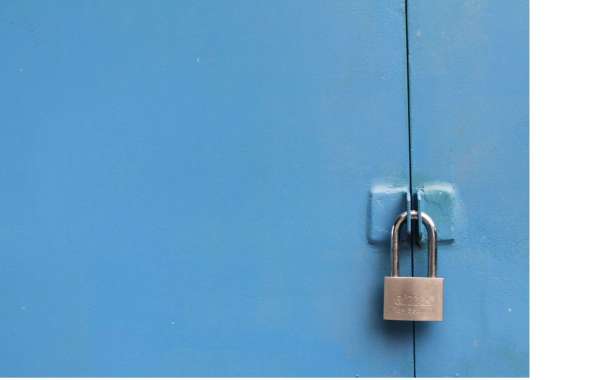Dental emergencies can strike at any moment, often when least expected. A sudden toothache, a broken tooth, or an injury to the gums can lead to panic, confusion, and uncertainty about what steps to take next. Understanding how to respond in these moments can make a significant difference in managing pain, preserving teeth, and ensuring long-term oral health. This article aims to equip readers with the knowledge and skills necessary to handle a dental emergency effectively.
Understanding Dental Emergencies
A dental emergency encompasses a range of situations that require immediate attention from a dental professional. These emergencies can arise from various causes, including trauma, infection, or underlying health conditions. Some common examples include severe toothaches, knocked-out teeth, broken or fractured teeth, and infections causing swelling or bleeding. Recognizing the signs of a dental emergency is the first step in addressing the issue promptly and effectively.
When faced with a dental emergency, it is crucial to remain calm and assess the situation. For instance, if a tooth has been knocked out, the first instinct may be to panic. However, it is essential to handle the tooth carefully. By grasping the tooth by the crown—avoiding touching the root—individuals can increase the chances of saving it. Rinsing the tooth gently with water without scrubbing it and, if possible, placing it back into the socket can help maintain its viability until professional help is obtained.
Immediate Steps to Take in a Dental Emergency
In the event of a dental emergency, it is vital to have a clear plan of action. The first step is to assess the severity of the situation. If the individual is experiencing severe pain or bleeding, they should seek professional help as soon as possible. Many dental offices have emergency protocols in place to accommodate urgent cases, and knowing how to contact them can expedite the process.
For less severe issues, such as a mild toothache or a small chip in a tooth, there are several steps one can take to alleviate discomfort while waiting for an appointment. Over-the-counter pain relievers can provide temporary relief from tooth pain. Additionally, rinsing the mouth with warm salt water can help reduce inflammation and cleanse the area. Applying a cold compress to the outside of the cheek can also alleviate swelling and numb the pain.
In the case of a broken tooth, it is important to save any pieces that may have broken off. Rinsing the mouth gently and applying gauze to control any bleeding can help stabilize the situation. Avoiding hard foods and maintaining a soft diet until the dental professional can assess the damage is advisable. Keeping the affected area clean can prevent further complications, such as infection.
When to Seek Professional Help
Determining when to seek professional help during a dental emergency can be challenging. However, there are specific signs that indicate the necessity for immediate dental care. If an individual is experiencing uncontrolled bleeding, severe pain that does not subside with over-the-counter medication, or swelling that affects breathing or swallowing, these are clear indicators that emergency dental assistance is required.
For knocked-out teeth, timing is crucial. To maximize the chances of saving the tooth, individuals should aim to see a dentist within 30 minutes to an hour of the incident. If the tooth cannot be reinserted into the socket, placing it in a container of milk or saline solution can help preserve it until dental care is received. The sooner the person receives treatment, the better the outcome is likely to be.
In cases where dental infections are present, symptoms such as fever, swelling, or pus drainage should not be ignored. These signs indicate that the infection may be severe and could spread if not treated promptly. Seeking professional help can prevent complications and ensure proper treatment, which may include antibiotics or drainage of the infected area.
Preventive Measures to Avoid Dental Emergencies
While dental emergencies can be unpredictable, certain preventive measures can significantly reduce the risk of experiencing one. Maintaining good oral hygiene practices is paramount. Regular brushing, flossing, and routine dental check-ups can help identify potential issues before they escalate into emergencies.
Additionally, wearing protective gear during high-risk activities, such as sports, can prevent dental injuries. Mouthguards are particularly effective in safeguarding teeth from trauma during contact sports. For individuals who grind their teeth at night, a custom-fitted night guard can help protect against wear and tear that could lead to fractures.
Diet also plays a critical role in oral health. Consuming a balanced diet rich in calcium and vitamins can strengthen teeth and gums, making them less susceptible to decay and injury. Limiting sugary snacks and beverages can also reduce the risk of cavities—a common precursor to dental emergencies.
Conclusion
Dental emergencies can be alarming, but knowing how to react can make a significant difference in managing the situation effectively. By understanding the types of dental emergencies, recognizing the signs that require immediate attention, and taking preventive measures, individuals can safeguard their oral health. Always remember that maintaining a good relationship with a dental professional, such as Glenside Dental, is essential for receiving timely and effective care. In times of dental distress, staying calm, focused, and informed can lead to better outcomes and peace of mind.
